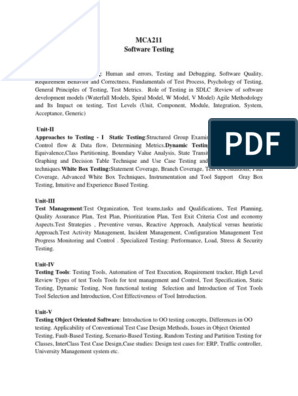0% found this document useful (0 votes)
33 views53 pagesECE Digital Image Processing
The document provides an overview of digital image processing, defining digital images and their components, such as pixels, and discussing the history and applications of digital image processing in various fields. It also covers the structure and function of the human eye, including how images are formed and perceived, as well as basic concepts of pixel adjacency and distance measures. Additionally, it introduces various types of adjacency and relations between pixels, emphasizing the importance of connectivity in image processing.
Uploaded by
Vaibhav NizhavanCopyright
© © All Rights Reserved
We take content rights seriously. If you suspect this is your content, claim it here.
Available Formats
Download as PDF, TXT or read online on Scribd
0% found this document useful (0 votes)
33 views53 pagesECE Digital Image Processing
The document provides an overview of digital image processing, defining digital images and their components, such as pixels, and discussing the history and applications of digital image processing in various fields. It also covers the structure and function of the human eye, including how images are formed and perceived, as well as basic concepts of pixel adjacency and distance measures. Additionally, it introduces various types of adjacency and relations between pixels, emphasizing the importance of connectivity in image processing.
Uploaded by
Vaibhav NizhavanCopyright
© © All Rights Reserved
We take content rights seriously. If you suspect this is your content, claim it here.
Available Formats
Download as PDF, TXT or read online on Scribd
/ 53





















































































